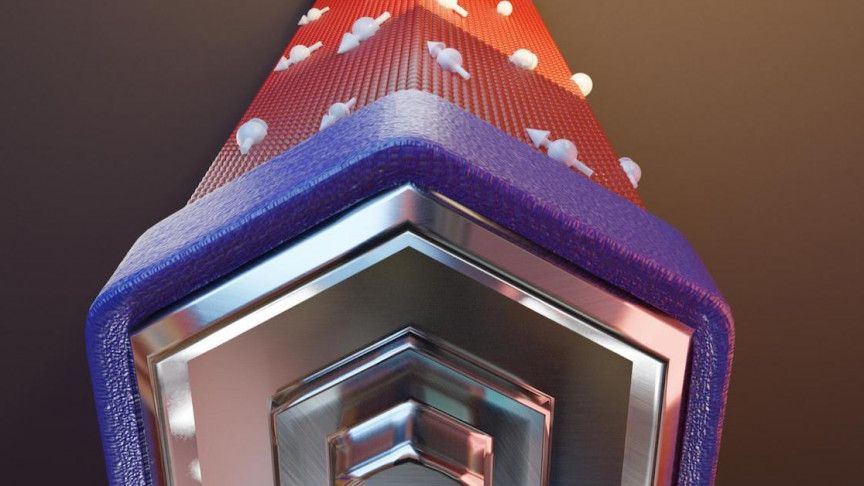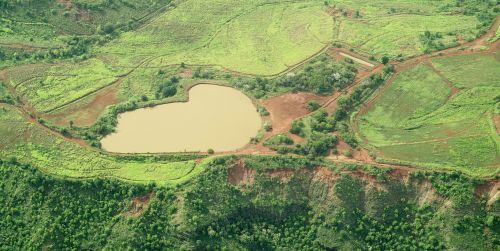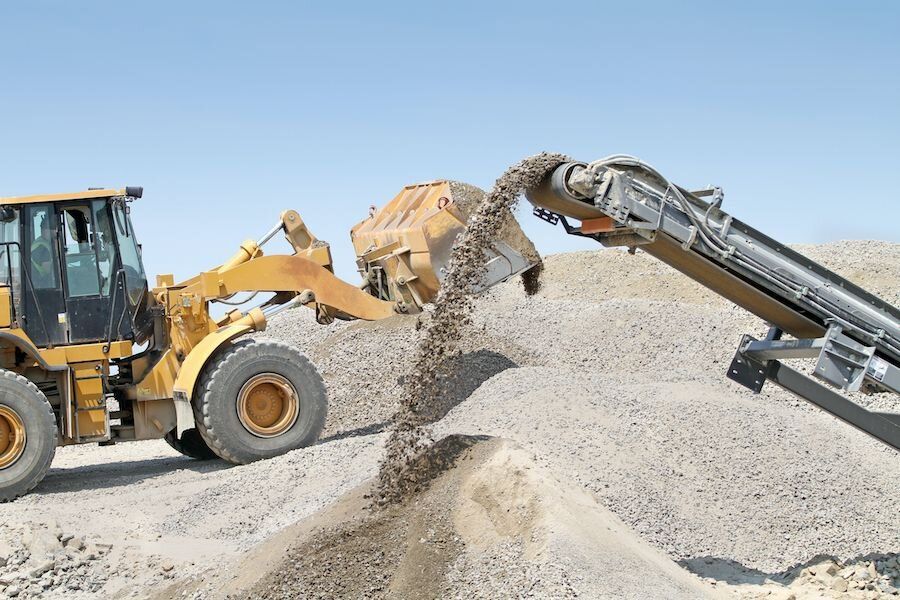O,.o circa 2020.
Their quantum phase battery consists of an n-doped InAs nanowire forming the core of the battery (the pile) and Al superconducting leads as poles. It is charged by applying an external magnetic field, which then can be switched off.
Cristina Sanz-Fernández and Claudio Guarcello, also from CFM, adapted the theory to simulate the experimental findings.
The battery is being further developed and improved at CFM premises in a collaboration between the Nanophysics Lab and the Mesoscopic Physics Group. These advances could contribute to enormous advances that many say will come from the field of quantum computing.






